Digital Audio
 Sep 24,2024
Sep 24,2024

 Shuoyi
Shuoyi
The principle of digital audio
Although there are various methods for converting analog signals into discrete digital signals, pulse code modulation (PCM) is commonly used in digital audio systems to convert continuous signals. PCM mode was invented by French A. H. Rivers in 1937 and has long been widely used in communication. With the advancement of semiconductor technology, especially in the stage of ultra large scale integrated circuits, PCM has been applied in the field of audio and has become a reality in households.
The basic components of digital audio equipment
The PCM method is completed through three basic steps: sampling, quantization, and encoding.
The working principle of digital audio equipment
(1) Sampling
Sampling is the process of taking samples of a signal waveform with continuous amplitude changes over time at certain time intervals, forming a pulse sequence that is discontinuous in time. This time interval is called the sampling period, denoted as Ts, and the corresponding sampling frequency fs=1/Ts.
(2) Quantification
Dividing the amplitude dynamic range of an analog signal into several equally spaced levels and rounding the sampled output signal level to the nearest value is called quantization.
(3) Encoding
The process of converting the values obtained from sampling and quantization into binary digits is called encoding. In digital audio, a 16 bit number is usually used to represent a quantity, that is, the number of quantization bits n=16.
(4) Error correction coding
Due to the occurrence of damage beyond the allowable range during the production and use of laser discs and cassette tapes, the read digital signals may differ from the originally recorded signals. Therefore, measures must be taken to correct erroneous codes.
(5) Modulation
The digital signal formed by sampling, quantization, encoding, and CIR error correction encoding of analog audio signals should not be directly recorded on records or magnetic tapes. Because there may be situations where all 16 bits in the data stream are 0 or 1, reading from a record or tape can cause extremely unstable signals and also lead to instability in the servo system.
(6) Frame structure
Digital signals are measured in units of characters, and if offset by 1 bit, the signal level represented by that character will change. For this purpose, it is necessary to divide the recorded signal into very small word groups and try to determine the boundaries between each word group. Such word groups are called frames.
The main performance of digital audio
The main performance indicators of digital audio equipment include effective frequency range, dynamic range, signal-to-noise ratio, distortion, channel separation, transmission rate, etc. Some of these indicators can be obtained by analyzing parameter values such as sampling frequency and quantization bits.
1. The upper limit frequency fm of the effective frequency range
Because the sampling frequency of CD records is fs=44.1 kHz, the upper limit frequency of the audio signal fm&le is allowed; fs/2=22.05 kHz, This is the upper limit frequency of the effective frequency range.
2. Signal to Noise Ratio (S/N) and Dynamic Range
Theoretical analysis shows that the signal-to-noise ratio determined by quantization noise can be calculated using the following formula:
(S/N)=6n+1.75≈ In the 6n (dB) equation, n is the number of quantization bits. In CD records, n=16, so (S/N)& amp; 96 (dB). In the case of linear quantization, the above equation is the dynamic range of digital audio equipment.
3. Transmission rate R
The number of codes transmitted per second by a digital audio system is called the transmission rate, which can be calculated using the following formula:
R=m· n· fs (bit/s), where m is the number of channels. For a two channel stereo system, m=2. Since the CD record has n=16 and fs=44.1 kHz, R=1.411 2 megabits/s. CD records also need to undergo EFM modulation, with an actual transmission rate of 4.321 8-bit/s.
The main characteristics of digital audio
1. High signal-to-noise ratio
The digital audio recording format is binary code, and during playback, only "0" or "1" needs to be determined. Therefore, the noise of the recording medium has almost no effect on the signal-to-noise ratio of the reproduced signal. The analog audio recording form is a continuous sound signal, which is affected by factors such as tape noise during the recording and playback process, and needs to be superimposed on the sound signal to deteriorate the sound quality. Although noise reduction measures have been taken in analog audio, they cannot be fundamentally eliminated.
2. Low distortion
In the process of simulating audio recording and playback, the nonlinearity of the magnetic head can introduce distortion. Therefore, measures such as AC bias recording must be taken, but distortion still exists. In digital audio, the magnetic head only operates in two states: magnetic saturation and demagnetization, representing 1 and 0, and there is no linear requirement for the magnetic head.
3. Good repeatability
The sound quality of digital audio equipment will not deteriorate after multiple copies and replays. Traditional analog cassette tape recording increases the noise recorded by the tape every time it is re recorded, resulting in a reduction of approximately 3 dB in signal-to-noise ratio for each re recording. Subbands are inferior to the master band, and sub bands are inferior to the sub bands, leading to a gradual deterioration of sound quality.
4. Low shaking rate
Due to the time base correction circuit, the instability of the rotating system and driving system in the digital audio playback system will not cause shaking, so there is no need to require a precise mechanical system like in analog recording.
5. Strong adaptability
The digital audio system records binary code, and various processing can be performed as numerical operations without changing hardware. It can only be operated by software, making it easy for microcomputer control and highly adaptable.
6. Easy to integrate
Due to digitization, it is convenient to use ultra large scale integrated circuits, and the whole machine is easy to debug, with stable performance, high reliability, and easy mass production, which can reduce costs.

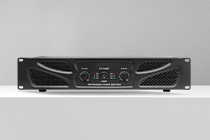
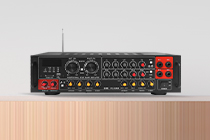
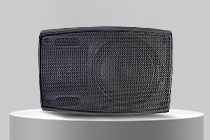


 Home
Home Providing High-quality Audio Solutions for Customers Worldwide
Providing High-quality Audio Solutions for Customers Worldwide  You May Also Like
You May Also Like
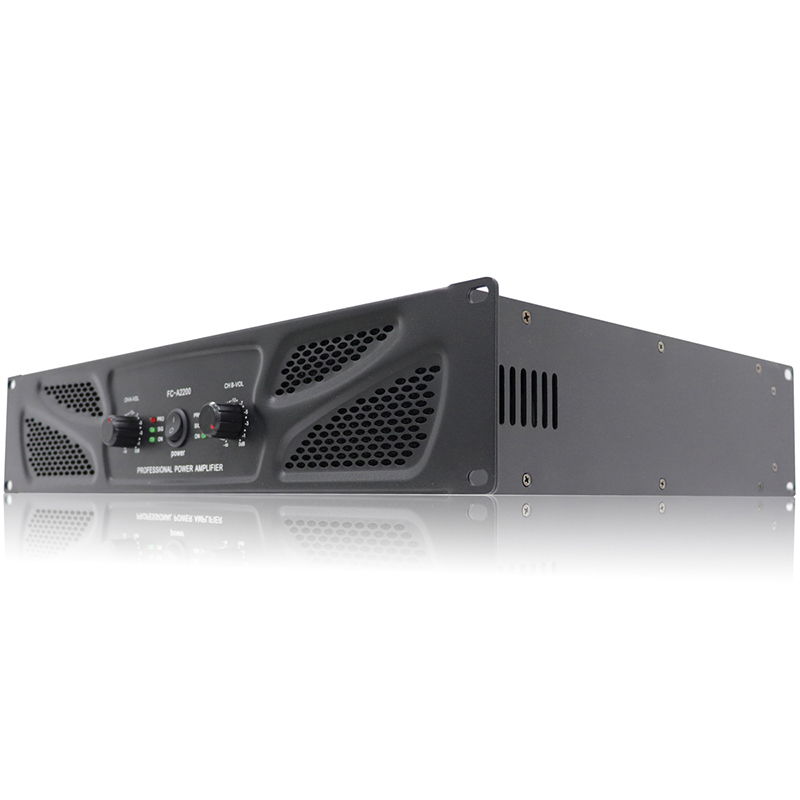

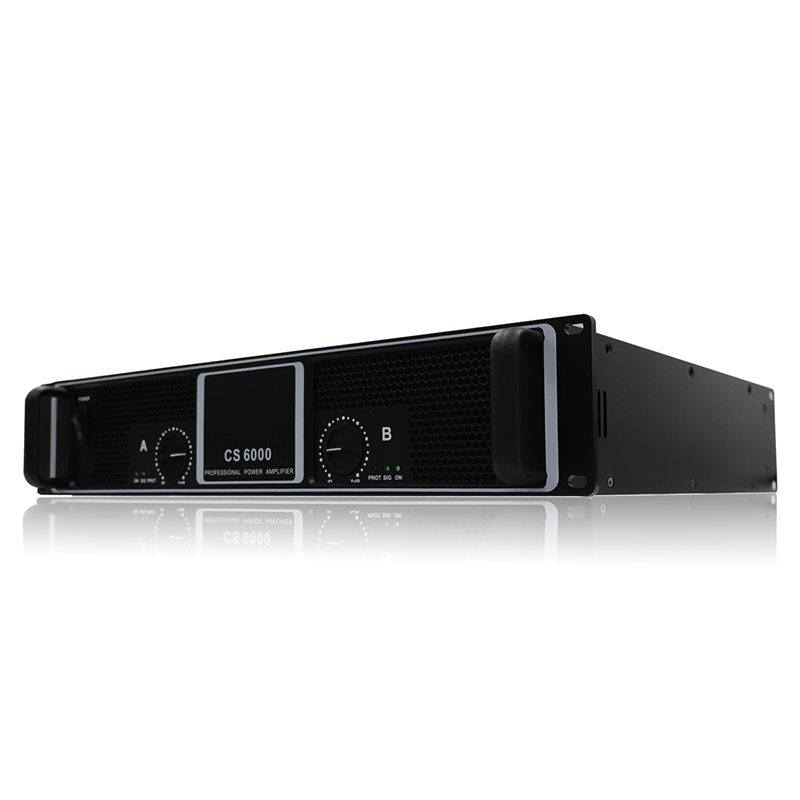
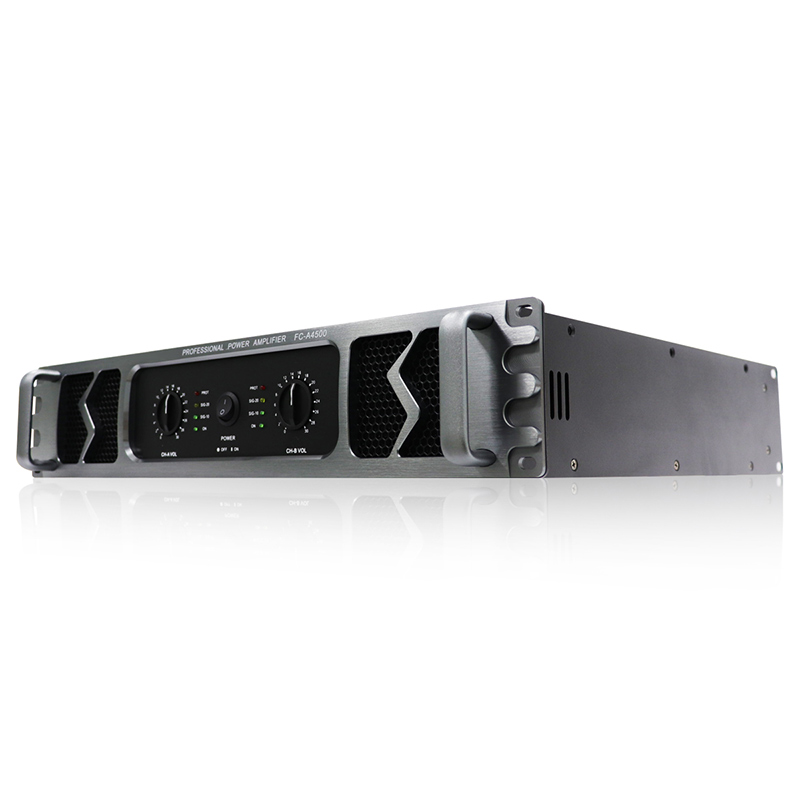
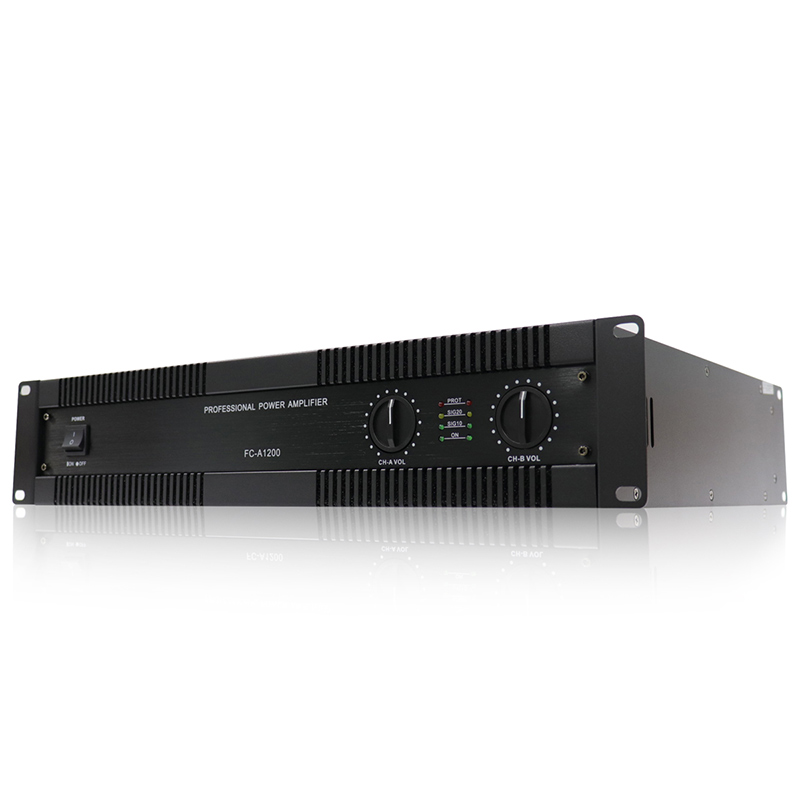
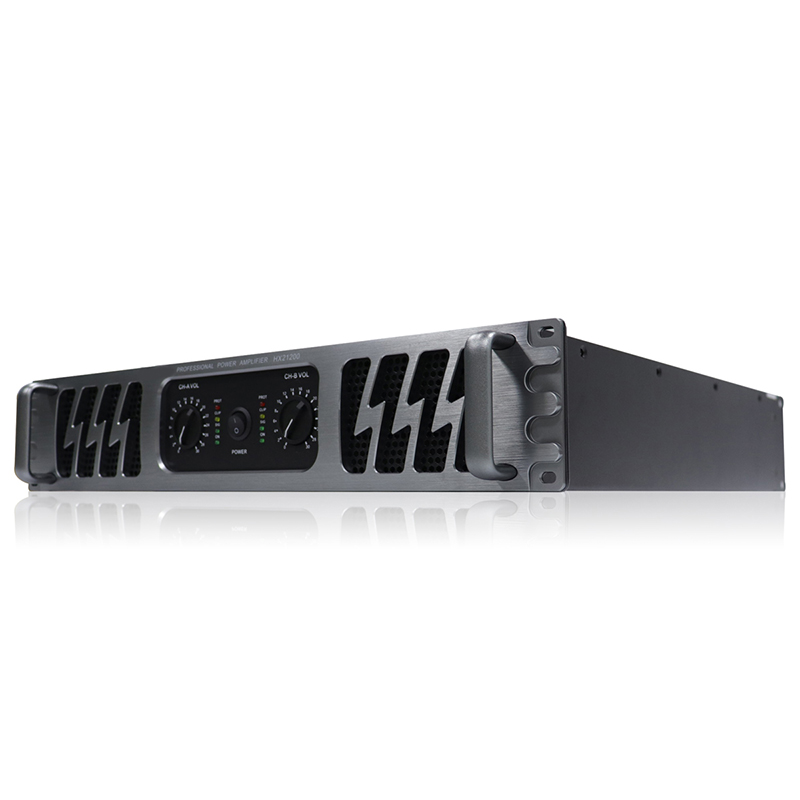
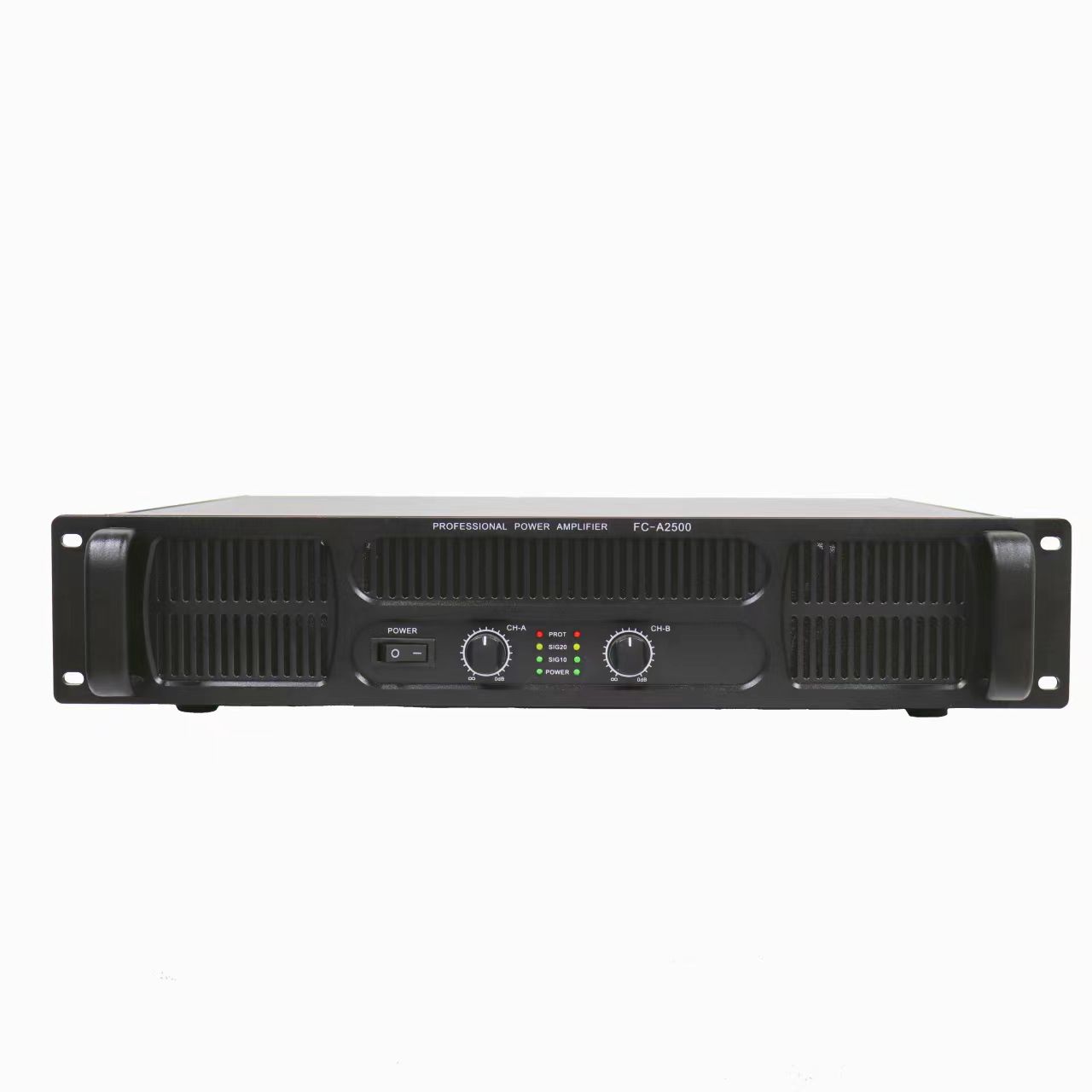
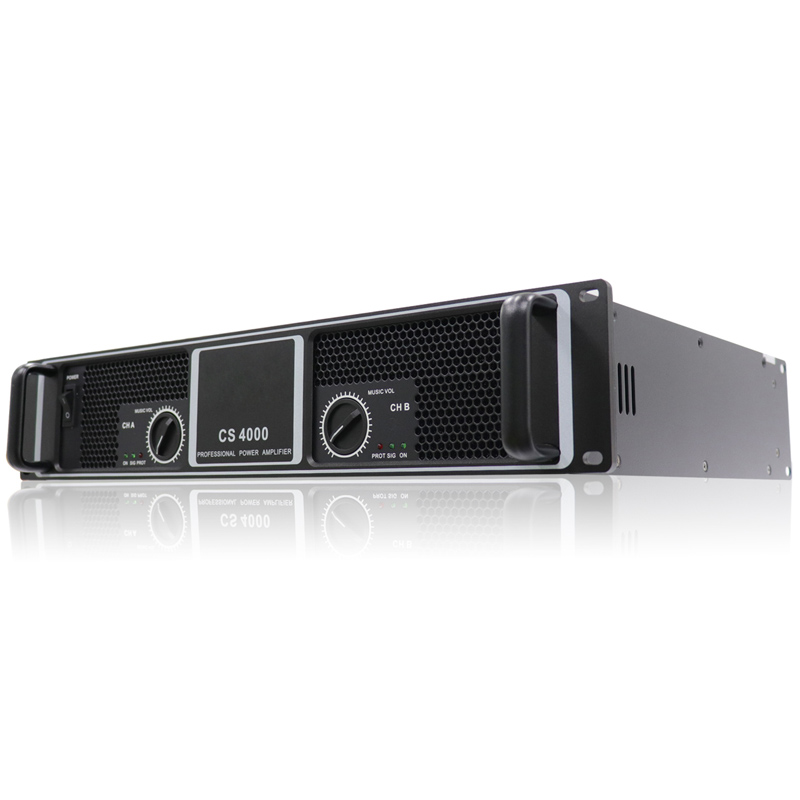
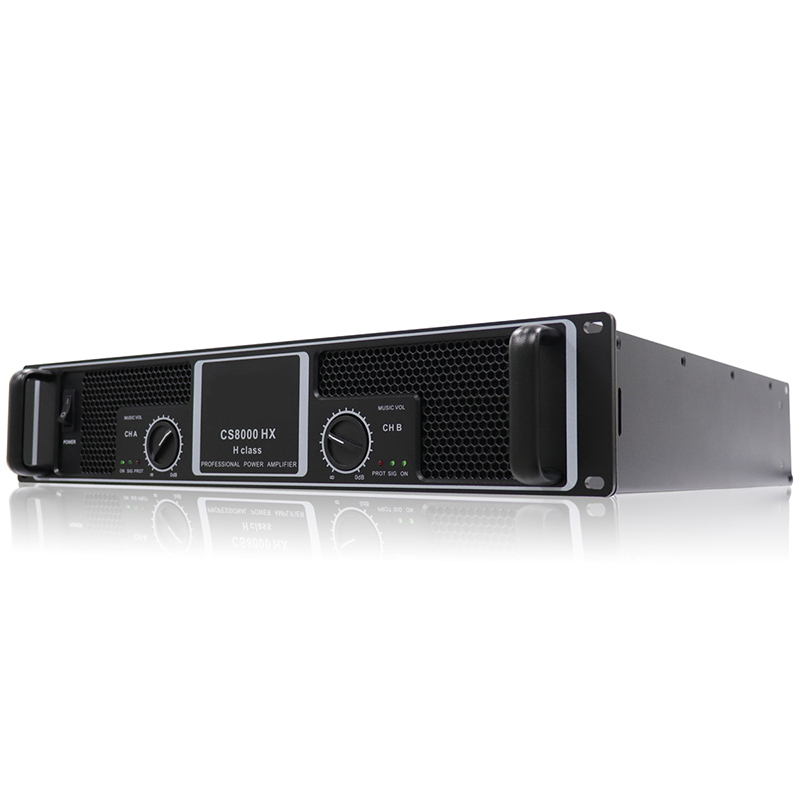

 Tel
Tel
 Email
Email
 Address
Address











